In a report, IMF urged RBNZ to have “significant increases” in interest range in the near term to address inflation as a priority.
IMF said, “with the recovery well-entrenched, tight labor market conditions, and elevated inflation, it is appropriate to withdraw fiscal and monetary support as envisaged.”
Fiscal policy should “remain agile”. “While the scheduled tightening of fiscal policy is appropriate, the authorities should calibrate the fiscal stance to the evolution of the pandemic and economic conditions, providing additional, targeted support where needed.”
As for monetary policy, IMF said it should remain “data dependent, and continued, swift policy normalization will be appropriate under baseline conditions.”
“Given New Zealand’s strong cyclical position and inflationary pressures, significant increases in the Official Cash Rate in the near term are appropriate, signaling the RBNZ’s commitment to addressing inflation as a priority.”
Full report here.




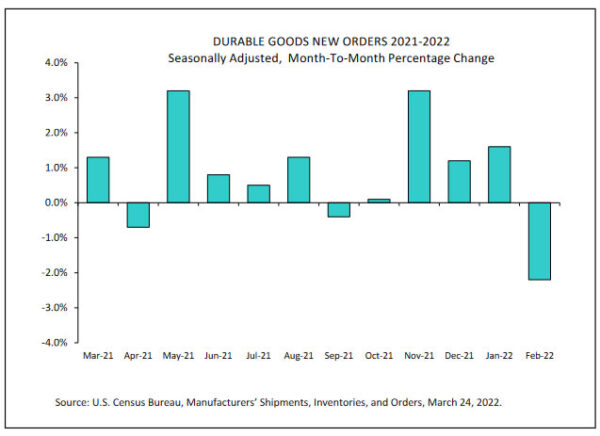
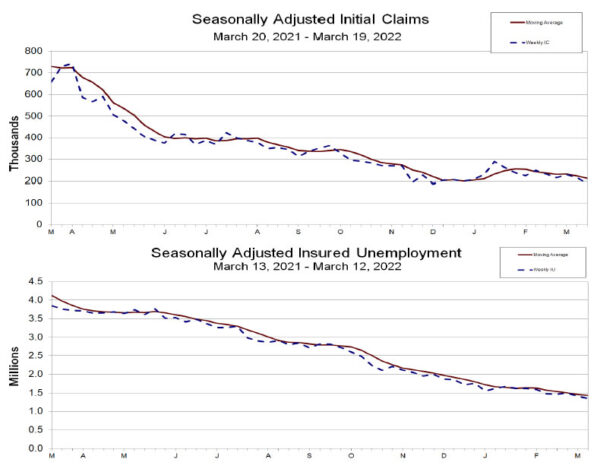
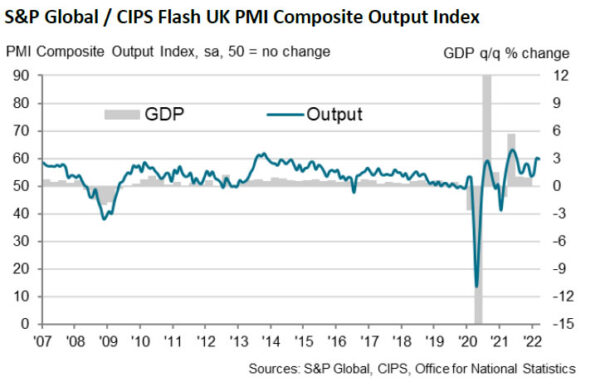
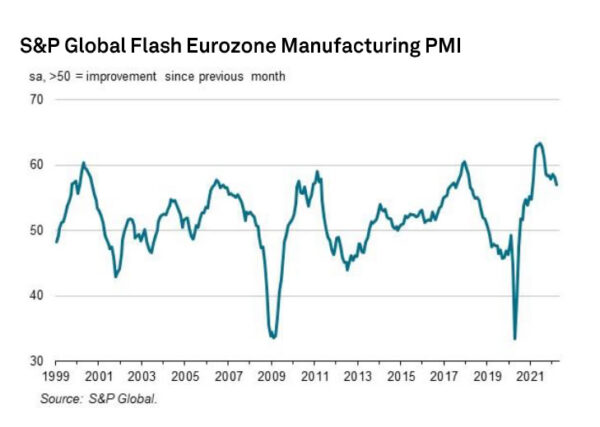
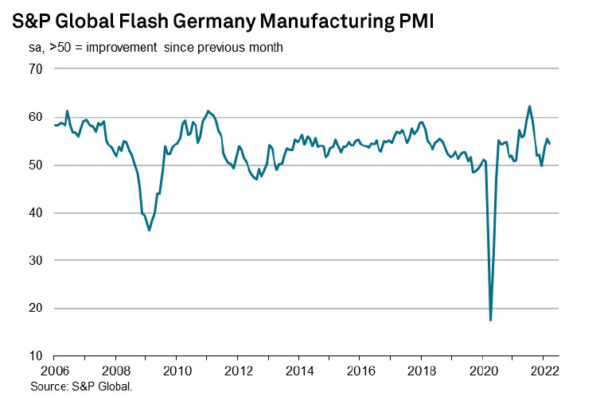
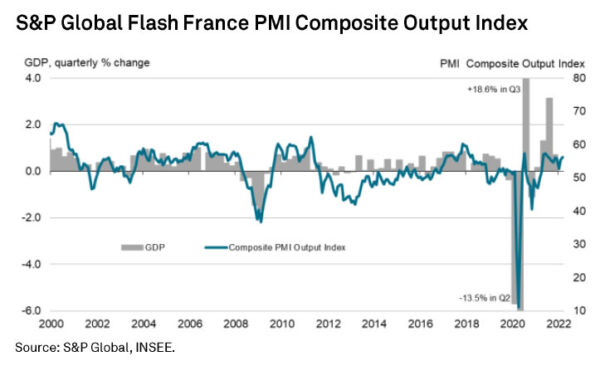
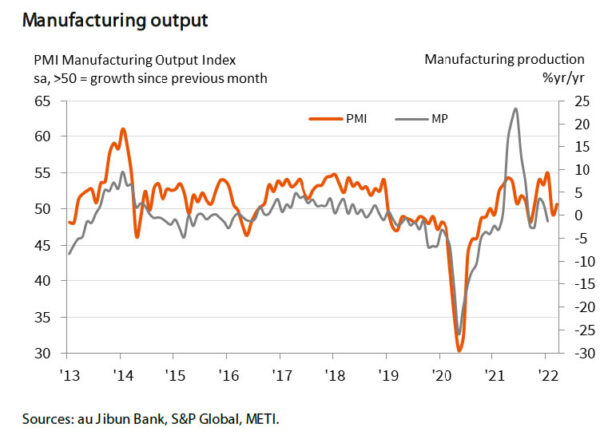
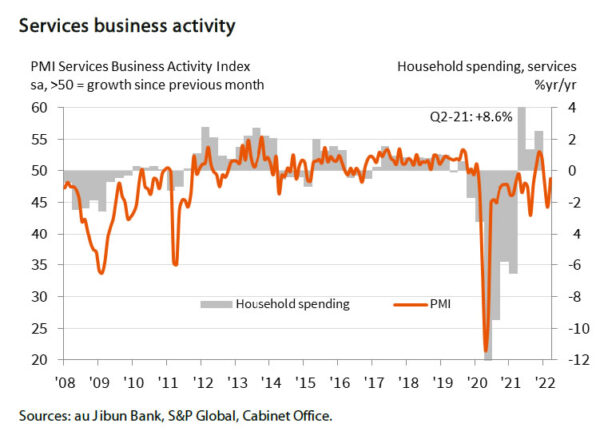
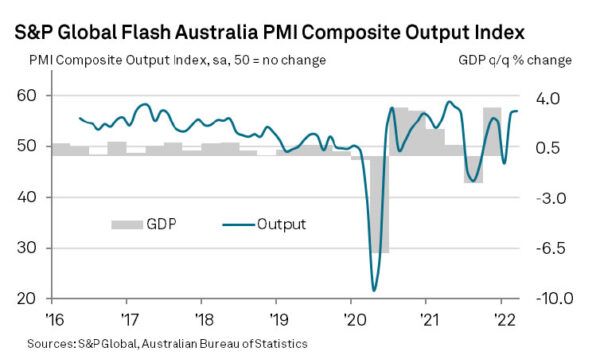
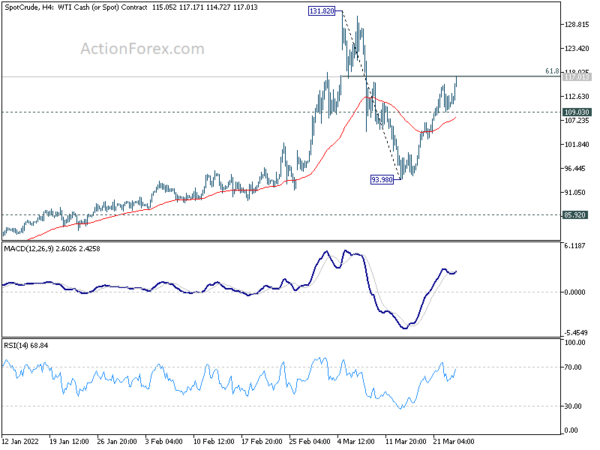
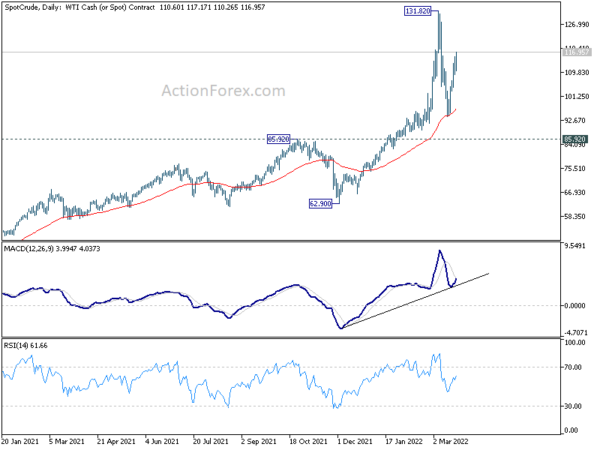

UK Gfk consumer confidence dropped to -31, a wall of worry is confronting
UK Gfk Consumer Confidence Index dropped from -26 to -31 in March. That’s the lowest level since November 2020. Personal Financial Situation over last 12 months dropped from -11 to -13. Personal Financial Situation over next 12 months dropped from -14 to -18. General Economic Situation over last 12 months dropped slightly from -50 to -51. Genera Economic Situation over next 12 months dropped from -43 to -49.
Joe Staton, Client Strategy Director GfK, says: “A wall of worry is confronting consumers this month and there is an unmistakable sense of crisis in our numbers. Consumers across the UK are experiencing the impact of soaring living costs with 30-year-high levels of inflation, record-high fuel and food prices, a recent interest-rate hike and the prospect of more increases to come, and higher taxation too – all against a background of stagnant pay rises that cannot compensate for the financial duress. This is the fourth month in a row that UK consumer confidence has dropped.”
Full release here.